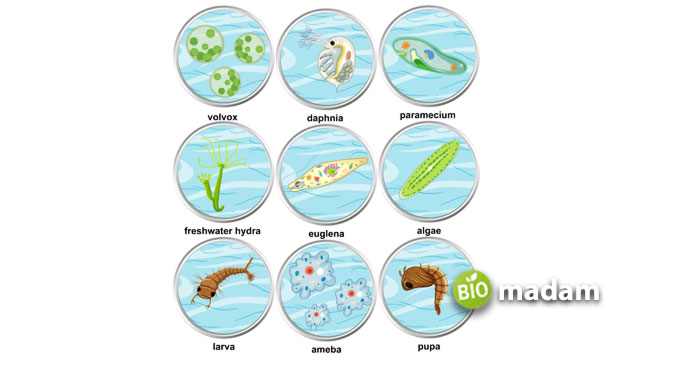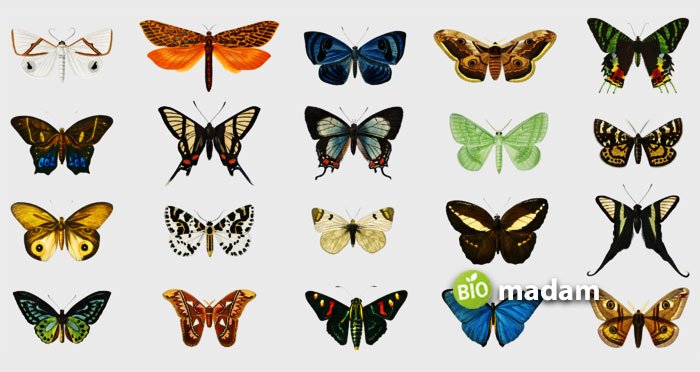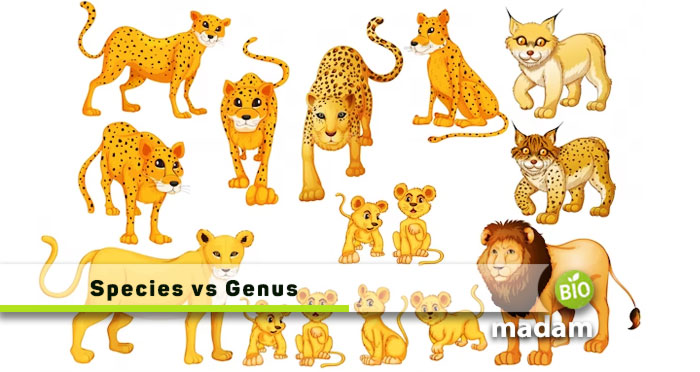Carl Linnaeus introduced the taxonomical classification in the 18th century to classify eukaryotes and prokaryotes into different groups depending on their similarities and differences. In this classification system, every category is a level in the taxonomic hierarchy, collectively called taxonomic categories. Each classification level or “taxon” represents a specific order. This classification system comprises groups and sub-groups, and species and genus are two of them.
Let’s tell you the differences between species and genus to help you understand them better.
Comparison Table
| Characteristics | Species | Genus |
| Definition | Group of organisms | Group of species |
| Taxonomic Ranking | Most fundamental | Above species |
| Size | Smaller | Larger |
| Scientific Naming | Second part of name | First part of name |
| Significance | Similar organisms | Evolutionary history study |
| Reproduction within Group | Suitable | Sometimes possible |
| Example | P. tigris | Panthers |
What is Species?
The word “Species” comes from Latin, which means “appearance” or “kind.” Species is one of the most fundamental biological sciences. It describes groups of organisms or microorganisms genetically compatible with one another that breed successfully. Therefore, two species and subspecies cannot mate and have children. In some cases, hybridization between different species can occur, making it difficult to define clear species boundaries. However, there are also hybrid species that are fertile.
It is important to remember that scientists sometimes have differing views on where to draw the line when defining species. Similarities in DNA sequences, morphology, and ecology can be used to describe an organism as a specific species. Even within the same species, various breeds can have vast differences.
The phylogenetic species concept uses evolutionary history and genetic relatedness to classify species, while the morphological species concept organizes them according to physical characteristics.

Examples
- Animals: Panthera leo (lion); leo is a specie name
- Plants: Zea mays (Corn); mays is a specie name
- Bacteria: Escherichia coli (E. coli); coli is a specie name
What is Genus?
“Genus” is a Greek word meaning “race.” The plural form of “genus” is “genera.” A genus is a taxonomic classification used in different branches of biology to group closely related species exhibiting similar traits. Genus comes after “Family” and before the “Species” level in the taxonomic hierarchy. A genus’s name is a Latin or Latinized word and is always capitalized.
Members of the same genus have similar morphology, anatomy, physiology, behavior, and DNA sequences because evolution has selected these similarities. They share some of these qualities, but the organisms are not exactly the same. Several types of leaves and flowers of plants belonging to the same genus can vary in shape and color depending on the specific species.
Taxonomists use approaches such as morphology, genetics, and ecology to establish the relationships between these organisms in a community or ecosystem, and place them in the correct genus.
The classification depends on the type of organism, and the naming of the genus adheres to the standards outlined in the International Code of Nomenclature for algae, fungi, and plants or the International Code of Zoological Nomenclature. The first word of a scientific name indicates the genus of the organism, while the second word indicates the species. For instance, in Allium cepa (commonly known as onion), “cepa” refers to the particular species, while “Allium” is the generic name.

Examples
- Animals: Panthera (lions, tigers, leopards, and jaguars)
- Plants: Rosa (containing hundreds of roses)
- Insects: Thymelicus (genus of skipper butterflies)
- Bacteria: Escherichia (E. coli)
Difference between Species and Genus
Definition
Species
A species is a group of genetically identical organisms that can breed successfully with one another through a process called hybridization.
Genus
A genus consists of several closely related species that evolved from a common ancestor. It is a major taxonomic division that comes after a group’s family but before the species.
Taxonomic Rank
Species
They represent the most fundamental level of biological classification.
Genus
On the contrary, they belong to a category above species.
Size
Species
There are fewer organisms in a species.
Genus
In contrast, many different organisms belong to the same genus.
Sub-Groups
Species
There are numerous organisms and subspecies within the species.
Genus
On the other hand, different species make up a genus.
Naming
Species
In binomial nomenclature, the species is the specific name and the second part of the name for a particular kind of organism.
Genus
Similarly, the first part of the binomial name is generic for a specific organism.
Significance
Species
To classify the variety of living things into a basic group, we use the term “species.”
Genus
Classification by genus facilitates the identification of related species and the study of their evolutionary history.
Reproduction
Species
Individuals of the same species and subspecies can have genetically identical off-spring.
Genus
Genus members share specific physical and genetic characteristics, like DNA replication and transcription, but not all members of the same genus can mate successfully and have off-spring.
Example
Species
There are multiple examples when counting species, such as name for tigers is P. tigris and the species of Escherichia is E. coli.
Genus
Similarly, as different species together make a genus, we may find numerous examples. For instance, Panthers is the genus name of tigers and Gonepteryx is a genus name for several butterflies of the family Pieridae.
The Bottom Line
Species and genus are among the different levels of classification in the taxonomic classification system proposed by Carl Linnaeus. The species level is the basic level of organization, and a group of species is known as a genus. Different species of a genus symbiotically live with other species to form diverse food chains and food webs. The organisms of a species are closely related and can freely interbreed. On the other hand, different organisms and species in a genus may have similarities and differences and cannot produce fertile off-springs.
FAQs
Who first distinguished between genus and species?
While scientists since early times have proposed various classification systems, Carl Linnaeus distinguished between genus and species. He also introduced further groups formed by merging the sub-groups.
What are similarities between genus and species?
Species and genus are groups of organisms from the taxonomic classification system. They comprise similar organisms and may be based on various sub-groups.
How do you write genus and species?
Scientific names are always italicized, and you must write the genus name in italics. Contrarily, the species’ name is not italicized. In a document, the scientific name for any organism, including the genus, must be mentioned in full.

Jeannie has achieved her Master’s degree in science and technology and is further pursuing a Ph.D. She desires to provide you the validated knowledge about science, technology, and the environment through writing articles.

